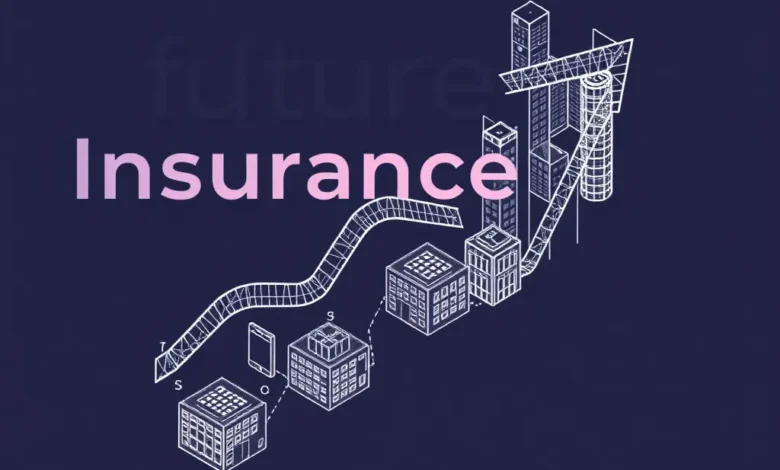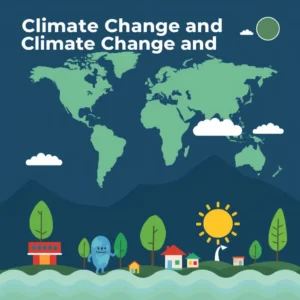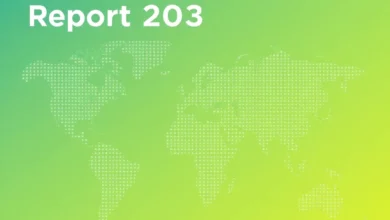The Future of Insurance: Top Trends Shaping the Industry in 2025

The insurance industry in 2025 stands at the forefront of dramatic change, driven by technological innovation, evolving consumer expectations, and global challenges that are redefining risk and opportunity. As the world becomes more interconnected and unpredictable, insurers are reimagining their roles, products, and business models to stay relevant and resilient. Here’s a deep dive into the top trends shaping the future of insurance this year.
Digital Transformation and Artificial Intelligence
Digital transformation is no longer optional for insurers—it’s the foundation for modern operations. Artificial intelligence (AI) is revolutionizing underwriting and claims processing, enabling automated systems to analyze vast datasets, assess risks, and process claims with unprecedented speed and accuracy. This shift not only reduces operational bottlenecks but also enhances customer experience by delivering faster decisions and more personalized service.
AI-driven predictive analytics are empowering insurers to better understand risk, prevent fraud, and tailor products to individual needs. As policyholders increasingly expect digital-first interactions, insurers that invest in AI and advanced analytics are best positioned to meet demand and optimize risk management. The rise of generative AI is also prompting insurers to rethink talent strategies and organizational structures, as new capabilities require new skills and approaches.
Economic Uncertainty and Evolving Risk Landscapes
The global economic environment remains volatile, with high interest rates, fluctuating financial markets, and geopolitical tensions creating uncertainty. Insurers are responding by adopting flexible pricing and product strategies, integrating real-time economic data into their models to maintain profitability while supporting customers through turbulent times.
Scenario modeling and economic risk forecasting are becoming essential tools, allowing insurers to anticipate how macroeconomic shifts—such as commodity price swings or changes in global trade policy—might impact claims frequency, policy lapses, and overall portfolio performance. Agility and adaptability are now critical attributes for insurers navigating this landscape.
Embedded Insurance and Ecosystem Partnerships
Embedded insurance is emerging as a powerful distribution strategy, integrating coverage into the purchase of other products or services. Whether it’s travel insurance at checkout, renters’ insurance via an apartment app, or warranty protection for electronics, embedded offerings make it easy for consumers to secure coverage at the point of sale.
Digital partnerships and APIs are enabling insurers to bundle policies directly into platforms where customers are already transacting, significantly expanding reach and reducing acquisition costs. This approach not only streamlines the customer experience but also opens up new revenue streams and growth opportunities. As digital ecosystems mature, embedded insurance is becoming a cornerstone of innovative go-to-market strategies.
Serving the Underserved and the Gig Economy
A growing focus in the industry is closing the protection gap for underserved markets, including gig workers, low-income populations, and those in emerging economies. Traditional underwriting models often exclude these groups due to limited credit history or inconsistent income. Insurers are responding with micro-insurance, on-demand coverage, and mobile-first platforms that reduce barriers to entry.
For example, gig workers can now purchase short-term coverage for specific tasks or shifts, while mobile apps offer pay-as-you-go policies for health, accident, or property protection. By designing accessible and adaptable insurance products, carriers are expanding the global insurance safety net and fulfilling a social and economic imperative for the next decade.
Hyper-Personalization and Data Ecosystems
Insurers are moving beyond one-size-fits-all products by tapping into expansive data ecosystems, including IoT devices, wearables, connected homes, and even social platforms. These data sources enable carriers to understand customers at a granular level, offering more personalized pricing, coverage options, and real-time engagement based on actual behaviors and preferences.
Personalization is becoming a baseline expectation, not just a differentiator. By tailoring policies to individual needs, insurers can improve customer satisfaction, boost retention, and reduce losses through more accurate risk prediction and claims management. As consumers come to expect the same digital convenience and customization they receive from other industries, insurers that deliver targeted experiences will earn trust and loyalty.
Climate Change and ESG Priorities
Climate-related risks are intensifying worldwide, with natural disasters becoming more frequent and severe. Insurers are facing mounting claims costs and are under pressure to support climate resilience and sustainable practices. Many are developing products that address environmental, social, and governance (ESG) concerns, such as insurance for renewable energy projects and community hardening initiatives.
Insurers are also leveraging advanced analytics and data to better assess and manage climate risks, helping policyholders build resilience and adapt to changing conditions. The transition to clean energy is creating new insurance needs, prompting the industry to innovate and provide tailored solutions for companies and individuals navigating the net-zero transition.
Transparency and Trust
With the rise of aggregators and comparison websites, customers now demand greater transparency in insurance pricing and contract terms. Insurers are responding by making information more accessible and understandable, helping customers make informed decisions and building trust in the process.
Transparency is also critical in the use of AI and data, as customers want to know how their information is being used and how decisions are made. Insurers that prioritize transparency and ethical data practices will strengthen their reputations and foster long-term customer relationships.
Conclusion: Embracing Change for a Resilient Future
The future of insurance in 2025 is defined by innovation, adaptability, and a relentless focus on customer needs. By embracing digital transformation, expanding access to underserved markets, personalizing products, and addressing global challenges like climate change, insurers can not only survive but thrive in an era of rapid change. The winners will be those who move boldly, invest in new capabilities, and reimagine what insurance can be for a new generation of customers.




